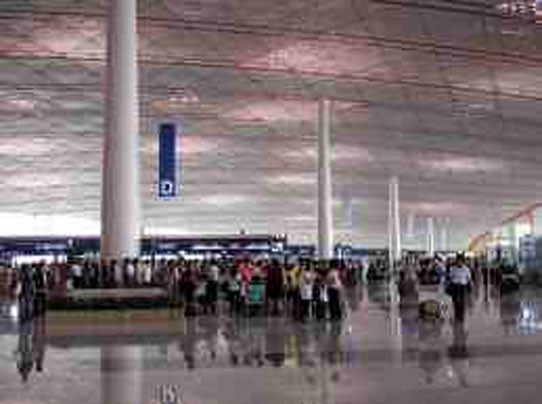After recording a hefty 86 million passengers in 2014, Beijing Capital International Airport (BCIA) has been dubbed as the world's second busiest airport, next to the United States' Hartsfield-Jackson Atlanta International Airport.
In a report from China.org, the Capital Airport had recorded an increase in the number of passengers of up to 2.9 percent in 2014.
Located 20 kilometers north of central Beijing, the Chinese airport sees an average of 73 million passengers flying to more than 200 cities all over the world every year.
Annually, the BCIA enjoys constant business both in bringing passengers as well as mail and cargo all over the world with nearly 2 million tons of shipments carried last year.
The increase in the passenger flow had been partly attributed to the implementation of the 72-hour vise-free policy.
In a bid to become one of the most important and passenger-friendly hubs in the world, the three-terminal airport has vowed to provide more convenient and efficient services and has promised to waive inspection for passengers of transfer flights who stay within the designated areas for 24 hours or less.
Transfers, says the China.org report, will take as little as 100 minutes for international flights and 60 minutes for domestic flights with the new policy.
BCIA Terminal 1 handles domestic flights all over the country, while Terminal 2 is assigned to international flights exclusively between China, Hong Kong, Taiwan and Macau.
Its Terminal 3, on the other hand, handles all other flights and was constructed to contain visitors for the 2008 Olympics and is considered the second largest airport terminal worldwide.
The Airport Express Line, a train dedicated to bring passengers to and from the BCIA, runs from the airport directly through the city.
Other means of public transport such as taxis and buses are also available.



























